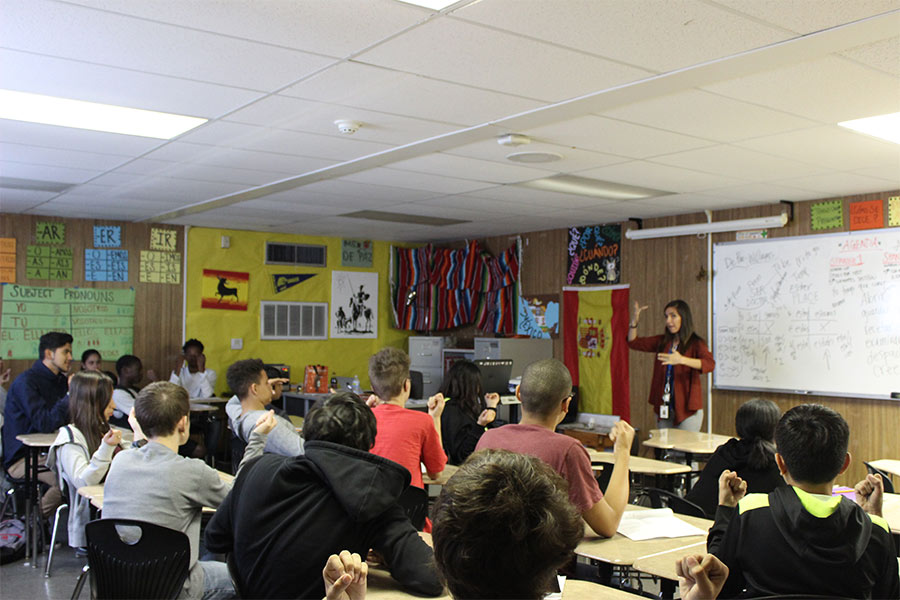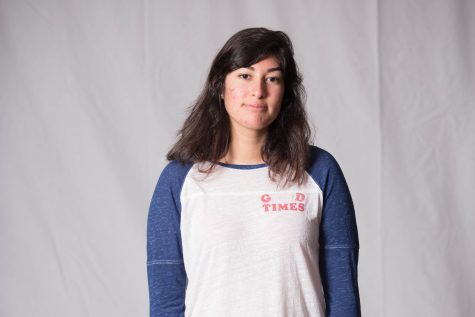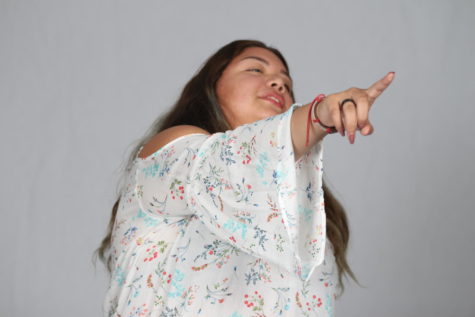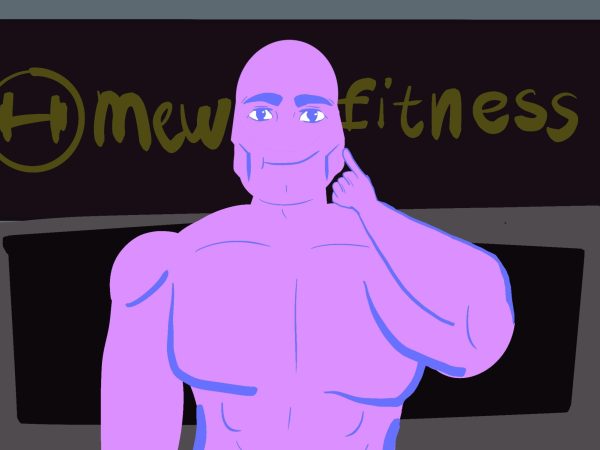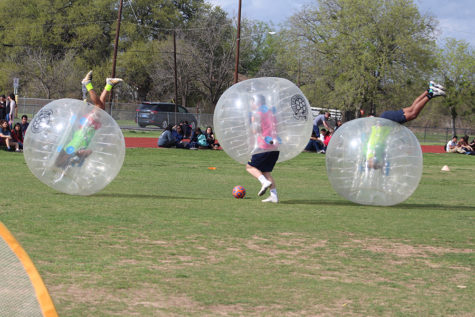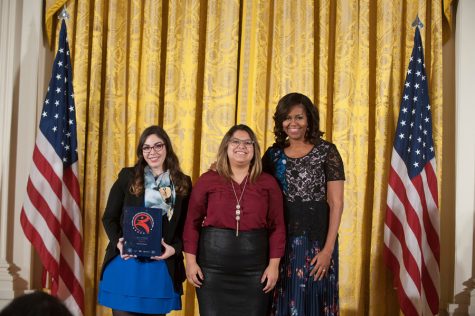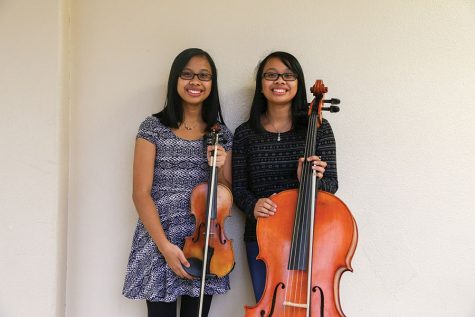Spanish instructor teaches with sign language
ASL provides students with engaging visual, kinesthetic learing experience
Spanish teacher Yareli De Paz Williams teaches her Spanish class with sign language. She uses sign language to help them remember and better prepare them for their exams.
May 3, 2017
Three years ago, Spanish teacher Yareli De Paz Williams started doing what her students thought was some strange movements with her hands during the middle of a lesson. Some of her students asked her what she was doing. When she told them it was American Sign Language, they suddenly became interested.
“One day I just started doing some signs in one of my classes … and my students asked me, why I was doing some weird signs with my hands,” De Paz Williams said. “I told them I was using American Sign Language, so they got very excited to learn the language.”
De Paz Williams first learned ASL when she met her husband.. “I learned ASL when I met my husband and from there I decided to take two classes in college at ACC,” De Paz Williams said.
Having seen the excitement her students portrayed when seeing the signs, De Paz Williams decided to apply ASL into her classes, believing it would be easier and help her students learn Spanish.
“I think it’s easier for them to learn Spanish with sign language because it’s a visual language,” De Paz Williams said.
Teachers are taught in teaching programs that it’s a good idea to incorporate physical movement into their lessons. This is called kinesthetic learning.
“It’s kinesthetic, they can see it, they can feel it with their hands, do the movement so it’s better for them to connect the word in Spanish,” De Paz Williams said.
Her students enjoy the unique way of learning, both Spanish and ASL, that De Paz Williams provides to them .
“They do like it because it’s easier for them to see so it’s like a visual language and then they get to practice their Spanish,” De Paz Williams said.
When junior Mardi Cade found out about having to also learn ASL she believed it would only confuse her more. “I was kinda scared like I thought it was gonna be super confusing, like you know I’d have to learn two languages now — like I have to learn Spanish and sign language — so I just thought it was gonna be really confusing,” Cade said.
For the students like freshman Aaron Tobias, ASL helps with memorization for specific things like body parts. “I feel like I can remember more,” Tobias said. “Like head is cabeza, the sign is literally you touching your head. It helps me remember.”


